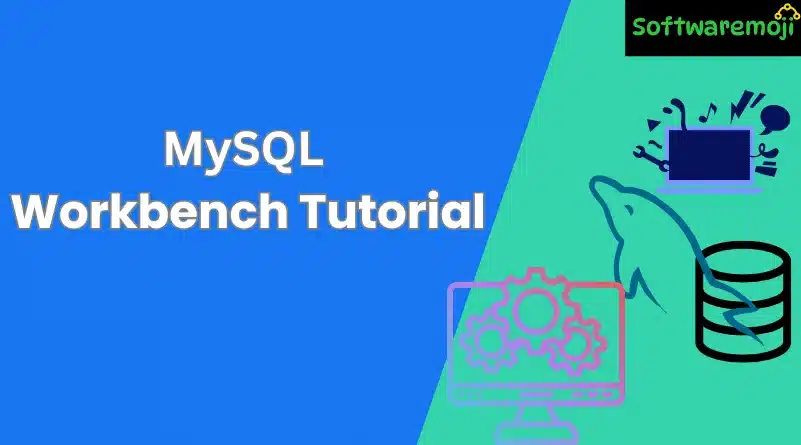
What is MySQL?
MySQL Workbench Tutorial: MySQL is a widely used open-source relational database management system (RDBMS). It supports multiple operating systems, including Windows, Linux, and macOS, making it highly versatile. MySQL is commonly used for web applications, data analytics, and enterprise solutions.
Why Use MySQL?
MySQL Workbench Tutorial: MySQL is one of the most popular relational databases, competing with Microsoft SQL Server, Oracle, and PostgreSQL. Here’s why MySQL stands out:
- Multiple Storage Engines: MySQL supports various storage engines, including:
- InnoDB: Default storage engine since MySQL 5.5; supports transactions and foreign keys.
- MyISAM: High-performance engine but lacks transaction support.
- High Performance: MySQL is optimized for fast query processing.
- Cost-Effective: The MySQL Community Edition is free, while the commercial version is budget-friendly.
- Cross-Platform: Works on Windows, Linux, and macOS.
- Scalability: MySQL can handle small to enterprise-level applications.
What is MySQL Workbench?
MySQL Workbench Tutorial: MySQL Workbench is a graphical tool that simplifies MySQL database management. It allows developers and database administrators to:
- Design & model databases visually
- Write and execute SQL queries
- Manage MySQL server configurations and users
- Backup & restore databases
MySQL Workbench Features
1. Database Design & Modeling
- MySQL Workbench Tutorial: Create, modify, and visualize database schemas.
- Reverse engineer existing databases.
- Validate data models before implementation.
2. SQL Development & Query Execution
- SQL editor with syntax highlighting and autocomplete.
- Execute and test SQL queries.
- View query history for easy debugging.
3. MySQL Server Administration
- Manage MySQL users and permissions.
- Configure MySQL server settings.
- View and analyze server logs.
- Backup and restore databases.
How to Install MySQL Workbench (Windows)
Step 1: Install MySQL Server
Before installing MySQL Workbench, you must install MySQL Community Server. Download it from the official MySQL website.
Step 2: Install MySQL Workbench
- Download the MySQL Workbench MSI installer from MySQL’s official site.
- Run the installer and follow the on-screen instructions.
- Choose the installation type (Full or Custom).
- Complete the installation and launch MySQL Workbench.
How to Use MySQL Workbench
Step 1: Open MySQL Workbench
- MySQL Workbench Tutorial: Launch MySQL Workbench from the Start menu.
Step 2: Create a New MySQL Connection
- Click “+” in the Home Window to set up a new database connection.
- Enter the hostname, port, username, and password for your MySQL server.
- Click “Test Connection” to ensure it works.
Step 3: Manage MySQL Server
- Use the Server Administration tab to manage user accounts, backup databases, and configure server settings.
Step 4: Run SQL Queries
- Open the SQL Editor and write queries to create, modify, or retrieve data.
- Click “Execute” to run the SQL commands.
Summary
- MySQL Workbench Tutorial: MySQL is an open-source relational database used in web applications and enterprise systems.
- MySQL Workbench is a powerful tool for designing, developing, and managing MySQL databases.
- Key Features: Database modeling, SQL development, and server administration.
- Installation: Requires MySQL Server; MySQL Workbench can be installed via an MSI file.
- Usage: Create database connections, run SQL queries, and manage MySQL configurations.
By using MySQL Workbench, developers can efficiently manage databases, improve productivity, and enhance MySQL server performance.
